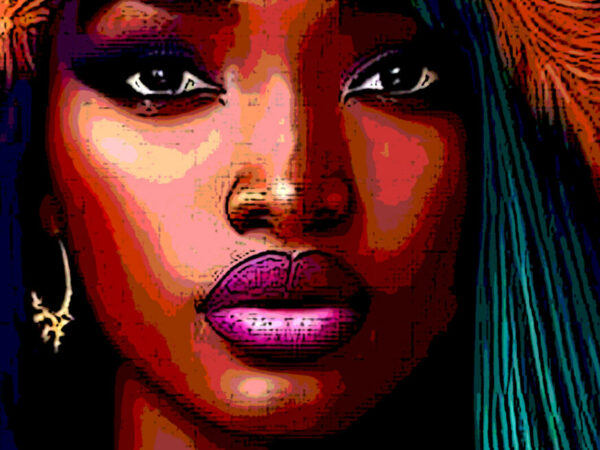Tarot cards

Historical research indicates that the origins of the tarot game date back to the 15th century in northern Italy. This was achieved by expanding the existing deck of cards by adding four additional figure cards and twenty-two trump cards. Over the centuries, tarot cards have been used mainly for recreational purposes, including their use in games such as French tarot.
The creation of the earliest tarot cards can be traced back to the period between 1430 and 1450 in Milan, Ferrara and Bologna, cities in the northern region of Italy. During this time, additional trump cards with symbolic representations were introduced into the traditional four-colour deck.
What exactly are tarot cards?
In this edition of Libelle Explains, we dive into the intriguing world of Tarot, explore its true nature and unravel the mysteries surrounding its workings.
Tarot card laying is often associated with card games and divination practices. By using symbol cards, individuals can seek guidance and gain a better understanding of various aspects of their daily lives.

What information do tarot cards give?
By using the Tarot, one can delve into a deeper understanding of a particular circumstance. Through the use of images, the Tarot instinctively reveals hidden desires, cognitive frameworks, obstacles and characteristics, ultimately outlining a more lucid view of the hidden aspects within certain scenarios.
Is it possible to foresee what lies ahead using the ancient practice of reading tarot cards?
Is it possible to see into the future with tarot cards? The Arcana contains the answer
Having a good understanding of tarot cards and their interconnections is essential to make predictions about the future by using them. Furthermore, one must also consider the question asked and interpret the tarot cards in relation to it.
What is the term used to refer to a person who practices the art of interpreting tarot cards?
Tarot card readers are individuals who have the ability to interpret the meanings behind tarot cards and provide insight. These individuals have a deep understanding of the symbolic language used in Tarot, allowing them to offer guidance and clarity to those seeking answers or guidance. Using their knowledge of the traditional Tarot deck, which consists of 78 cards divided into major and minor arcana, Tarot card readers offer interpretations that can shed light on various aspects of a person's life, including relationships, career and personal growth. By using intuition and their understanding of the symbolism in each card, Tarot card readers are able to tap into a person's energy and offer valuable insights and perspectives. Whether looking for guidance in making decisions or simply seeking a deeper understanding of oneself, individuals turn to Tarot card readers for their expertise in translating the messages and meanings on the cards.

In a corner adorned with enchanting decorations, she offers her unique interpretation of the Tarot in a contemporary way. Her aim is to make this ancient divination practice accessible and appealing to all. Whether counselling individuals or couples, her expertise is tailored to resonate with a wide audience.
Sranang Tarot cards
From February, I will also give workshops regarding the Sranang tarot. I have not changed the cards, although I would like to, but unfortunately cannot. The meaning of the cards are very deeply ingrained in them through the numbers, astrology, elements and symbols. With the simple explanations, I make it possible for people to learn to lay the cards. I use a different system which makes me different from others, but of course everyone has their own way of laying.

Wheel of fortune has the number 10 and with it belongs the magician number 1 and the fool number 0. With these neutral words, you get the tarot. This combination makes the wheel of fortune become number 10. This shows that we have to gamble to win a lot or receive a consolation prize.